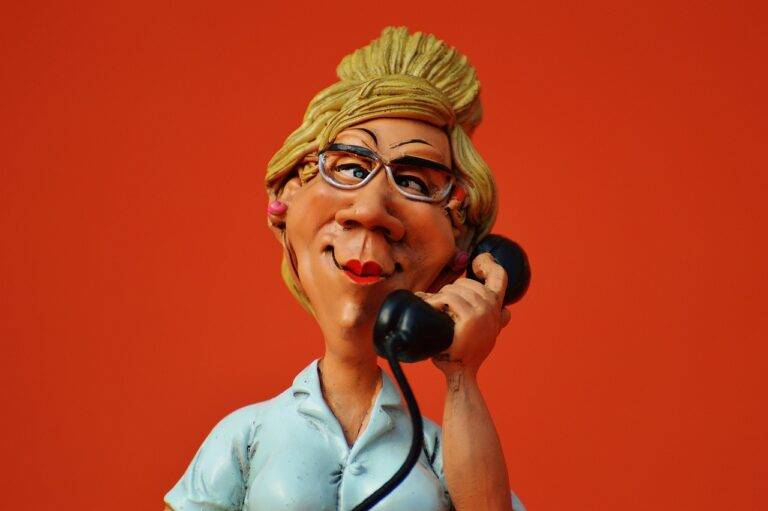The Role of Cinematography in Creating Iconic Movie Scenes
Cinematography plays a crucial role in shaping the visual experience of a film. From framing shots to choosing camera angles and lighting, cinematographers work closely with directors to create memorable movie scenes that captivate audiences. In this article, we will explore the importance of cinematography in the film-making process and how it contributes to the creation of iconic movie scenes.
The Art of Cinematography
Cinematography is the art of capturing images on film or digital media. It involves various technical aspects such as camera settings, lighting, composition, and camera movement. A skilled cinematographer can use these elements to create a visual narrative that enhances the storytelling of a film.
Setting the Tone
One of the key roles of cinematography is setting the tone and mood of a scene. By carefully choosing lighting, colors, and camera angles, cinematographers can create a sense of atmosphere that complements the emotions of the characters and the overall theme of the film. For example, a dark and shadowy lighting scheme can convey a sense of mystery and suspense, while bright and vibrant colors can evoke feelings of joy and excitement.
Enhancing Visual Storytelling
Cinematography is essential for enhancing the visual storytelling of a film. Through the use of different camera techniques such as close-ups, long shots, and tracking shots, cinematographers can direct the audience’s attention to specific details and guide them through the narrative. By strategically framing shots and controlling the focus, cinematographers can convey important subtext and emotions that deepen the audience’s connection to the story.
Creating Iconic Movie Scenes
Some of the most memorable movie scenes are made iconic by their unique cinematography. Whether it’s the sweeping aerial shots of the opening sequence of “The Sound of Music” or the intense long takes in “Birdman,” cinematographers have the power to create visually striking moments that leave a lasting impression on viewers. These iconic scenes often become synonymous with the film itself and are remembered long after the credits roll.
Collaboration with Directors
Cinematographers work closely with directors to bring their vision to life on screen. Through pre-production meetings and storyboard discussions, cinematographers and directors collaborate to plan out each shot and determine the best visual approach for telling the story. During filming, cinematographers are responsible for executing the director’s vision while also bringing their own creative flair to the table.
Technical Expertise
In addition to artistic creativity, cinematographers must also possess a strong technical understanding of camera equipment and lighting techniques. They must be proficient in using different types of cameras, lenses, and lighting setups to achieve the desired look for each scene. By mastering the technical aspects of cinematography, they can bring a high level of professionalism to their work and ensure that the visuals are of the highest quality.
Conclusion
In conclusion, cinematography is a powerful tool for creating visually stunning and emotionally impactful movie scenes. By skillfully utilizing camera techniques, lighting, and composition, cinematographers can enhance the storytelling of a film and create moments that resonate with audiences long after the movie has ended. The role of cinematography in film-making cannot be understated, as it truly has the power to elevate a film from ordinary to extraordinary.
FAQs
Q: What is the difference between cinematography and photography?
A: While both cinematography and photography involve capturing images, cinematography focuses specifically on using moving images to tell a story in a film. Cinematographers must consider factors such as camera movement, lighting, and framing to create a cohesive visual narrative that complements the overall film.
Q: How do cinematographers choose camera angles for a scene?
A: Cinematographers choose camera angles based on the desired effect they want to achieve in a scene. Factors such as the emotional content of the scene, the relationships between characters, and the overall tone of the film all play a role in determining the best camera angles to use.
Q: What is the importance of lighting in cinematography?
A: Lighting is crucial in cinematography as it helps set the mood, create depth, and direct the audience’s attention. By manipulating lighting, cinematographers can enhance the visual storytelling of a film and convey emotions that words alone cannot express.







